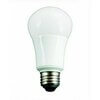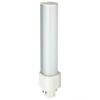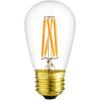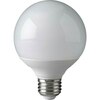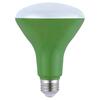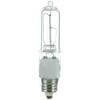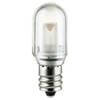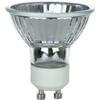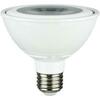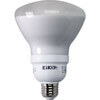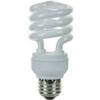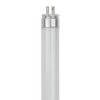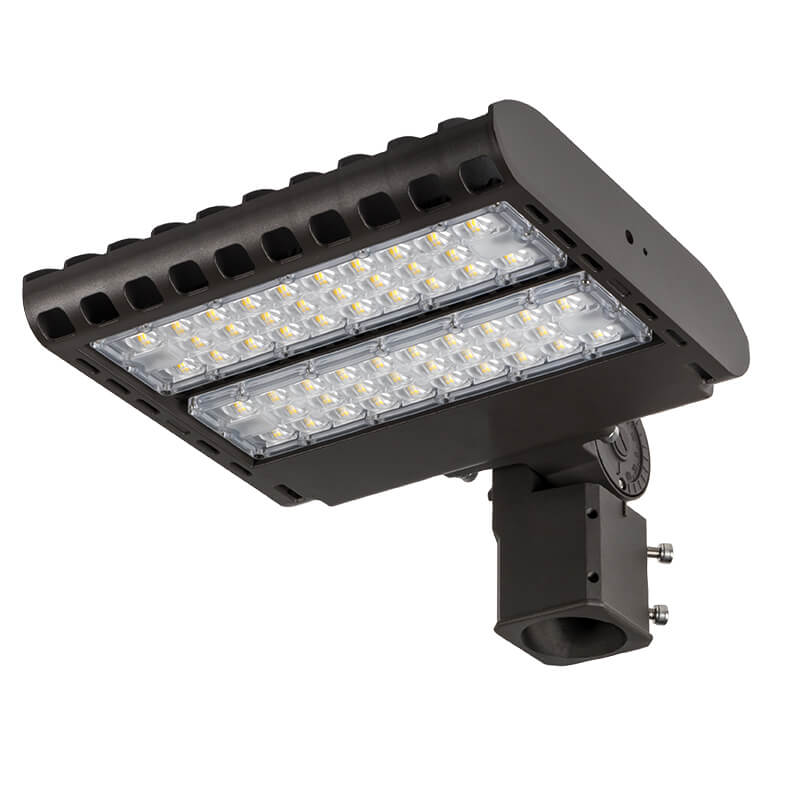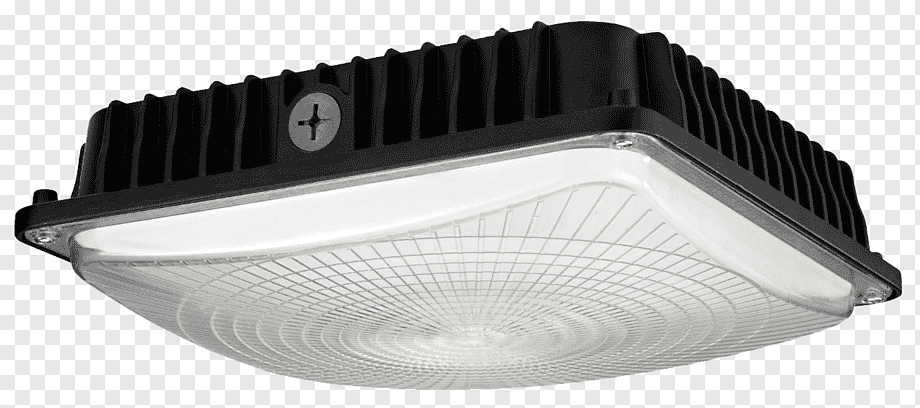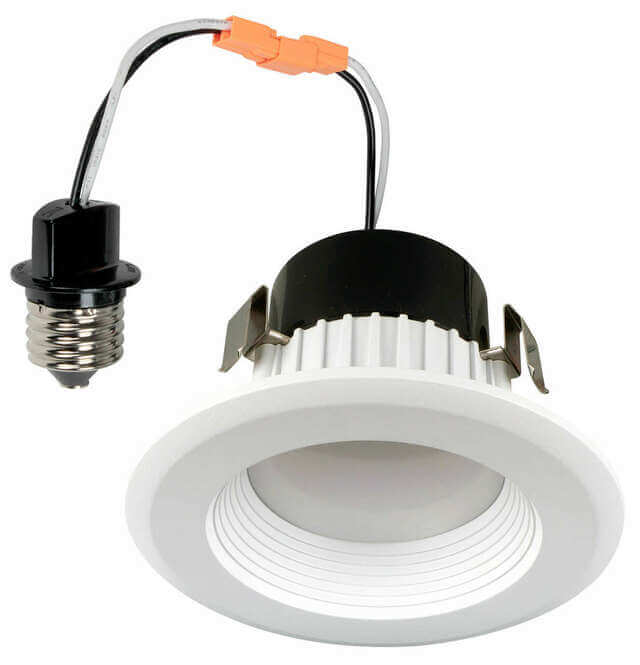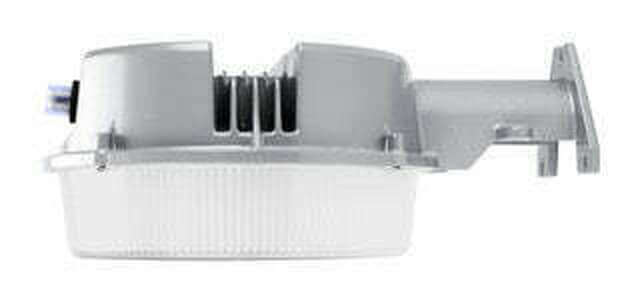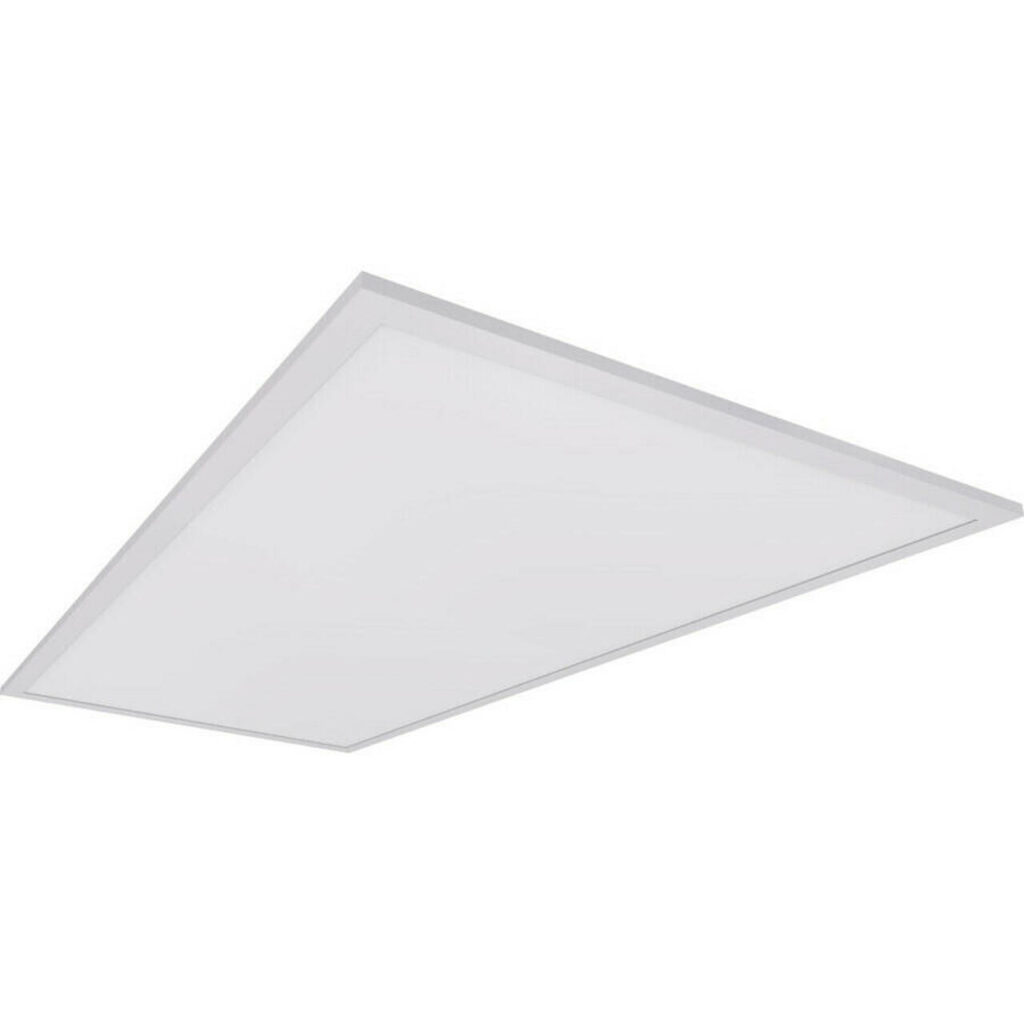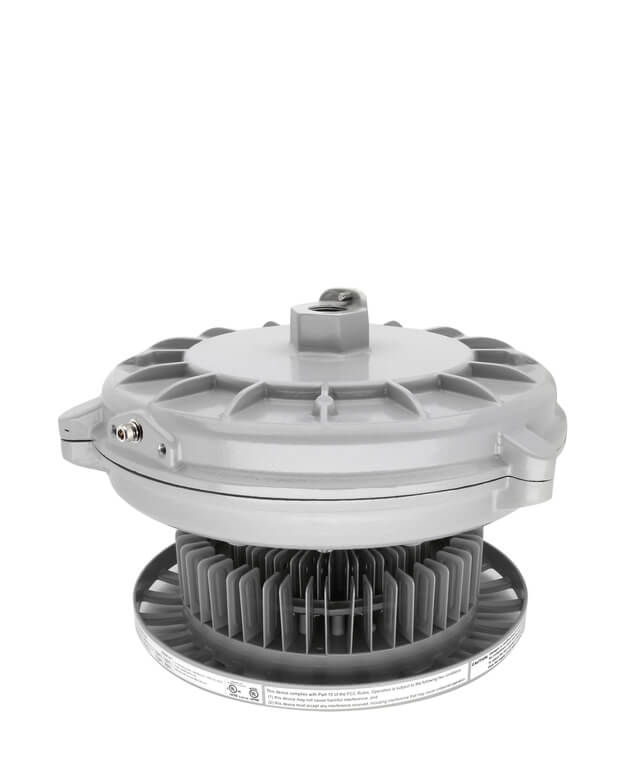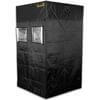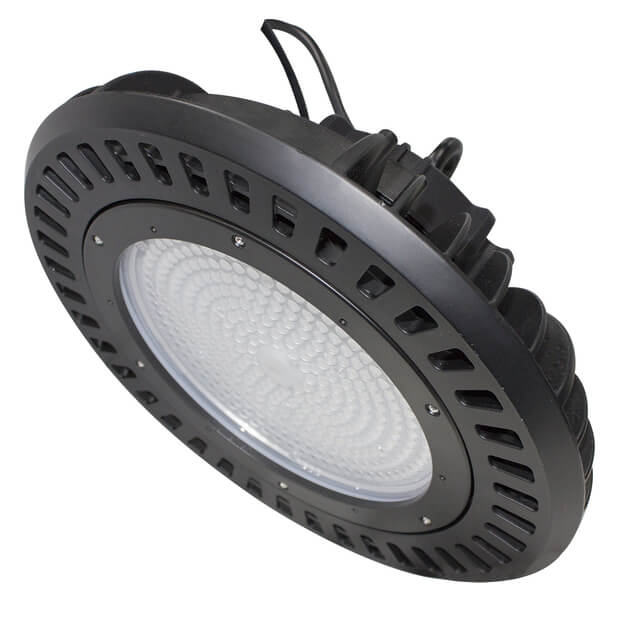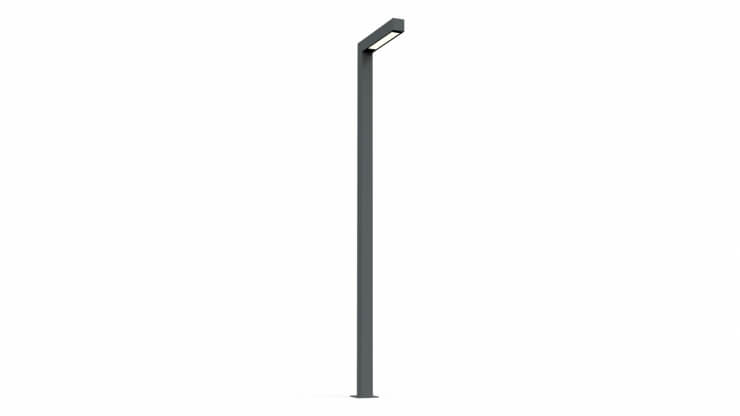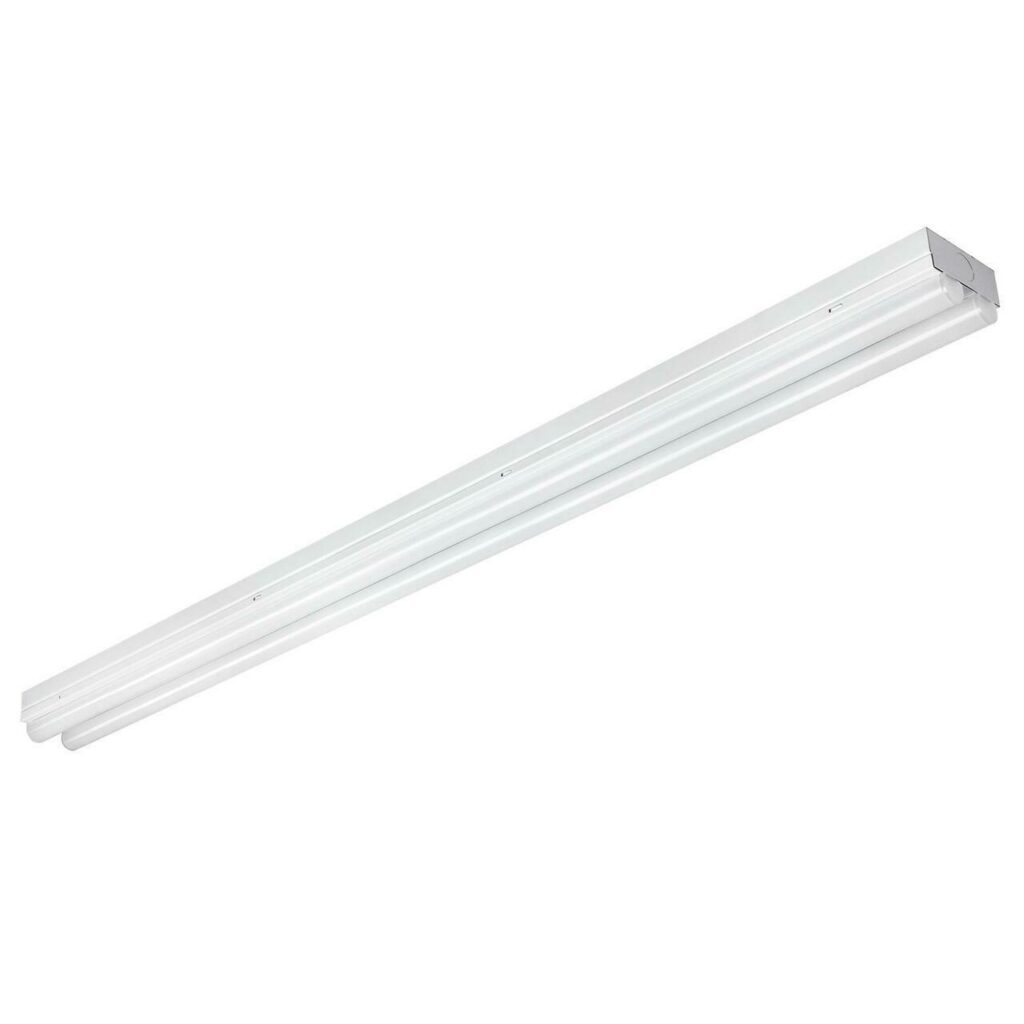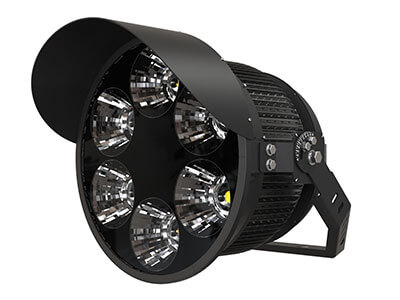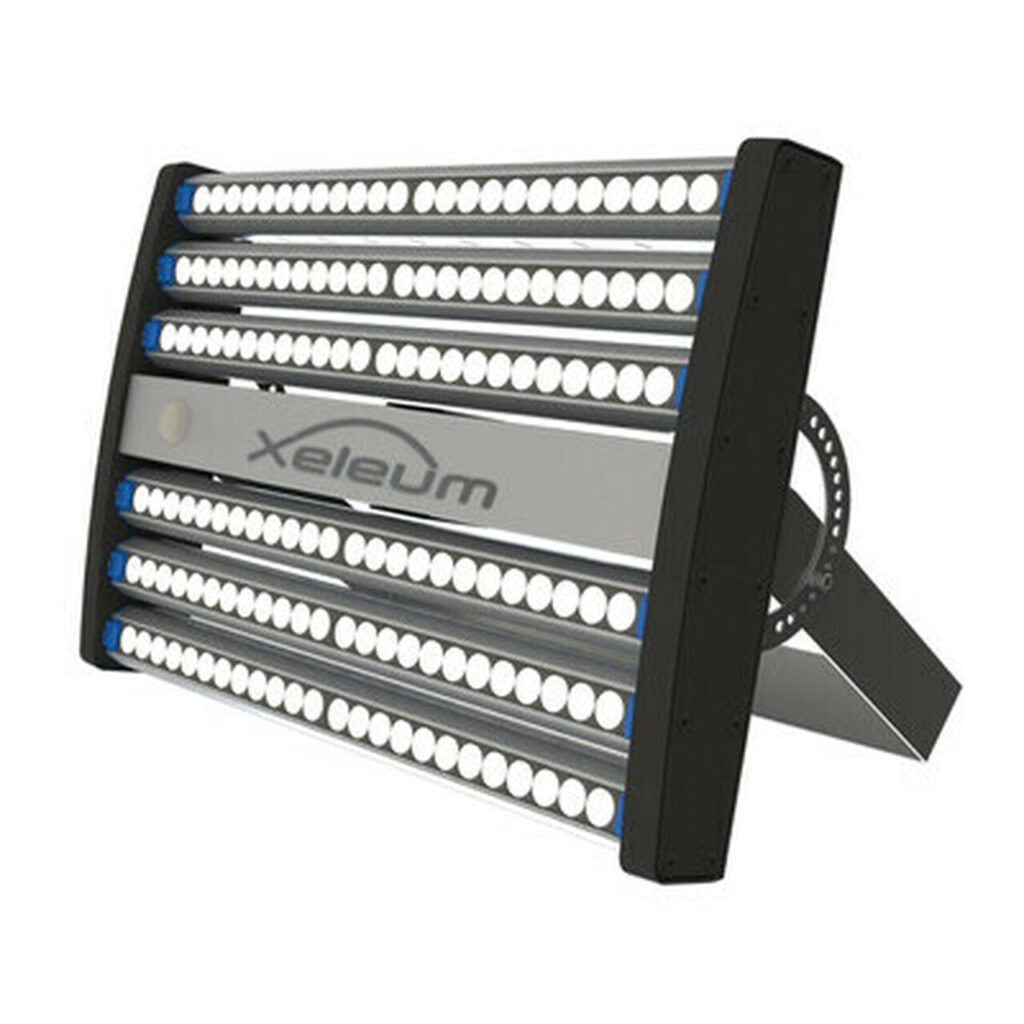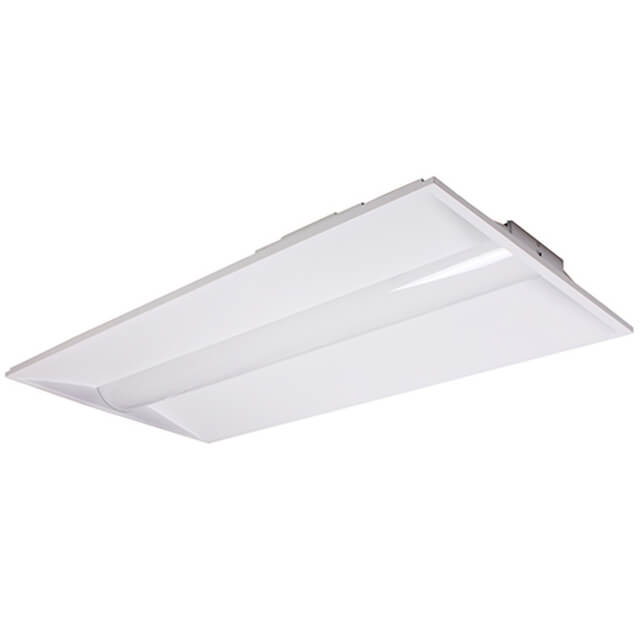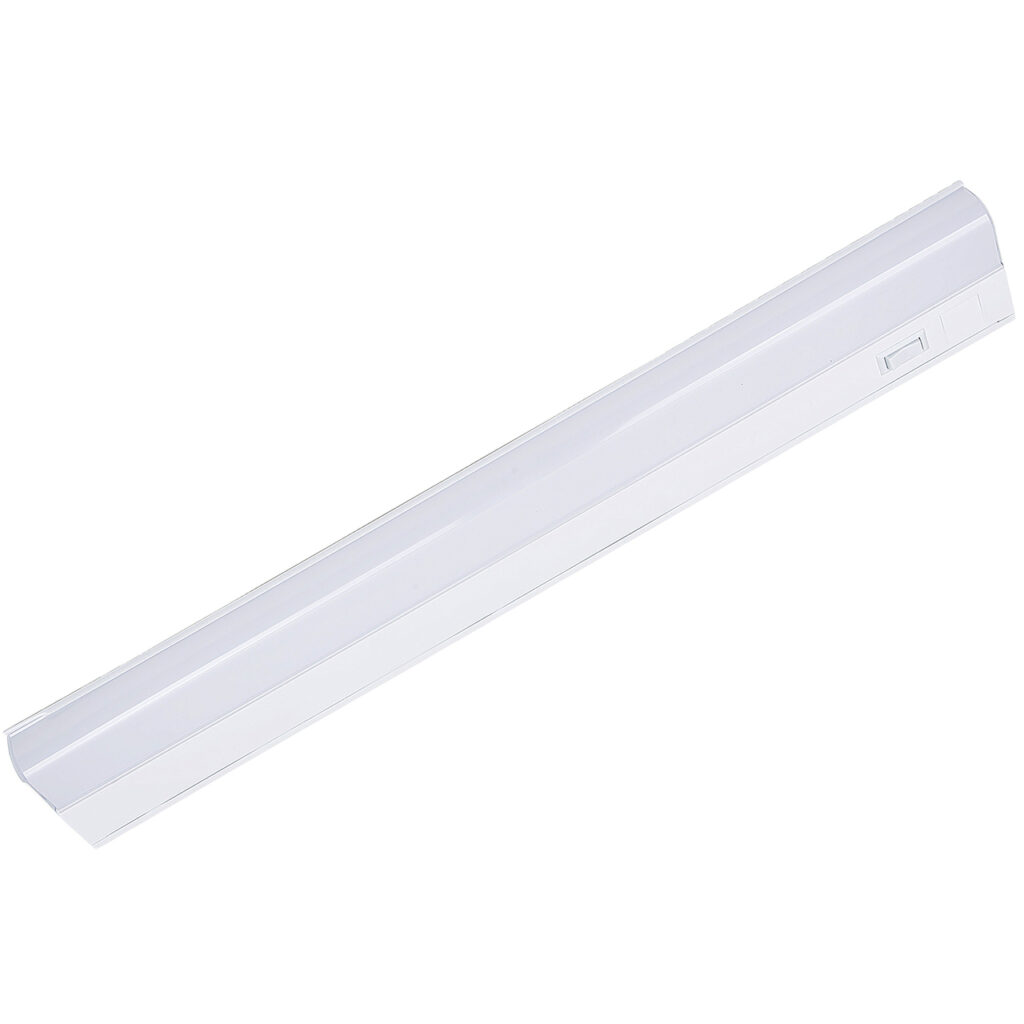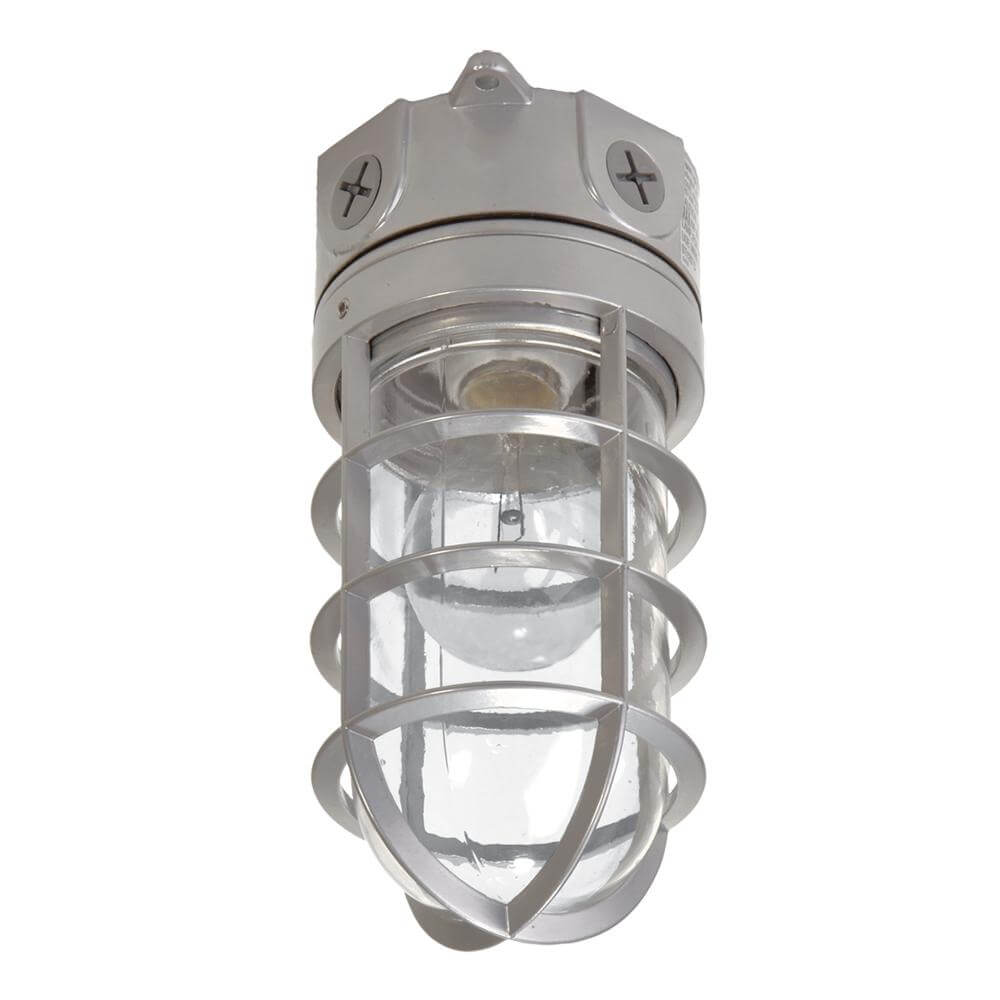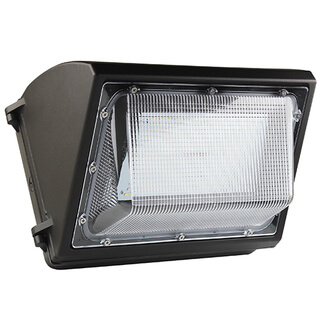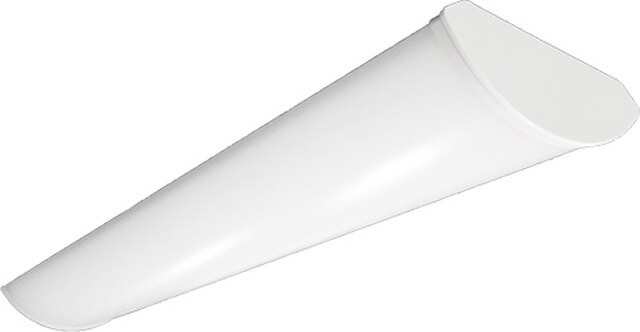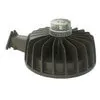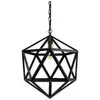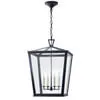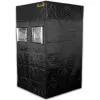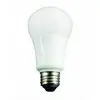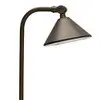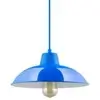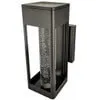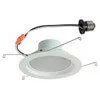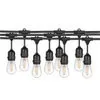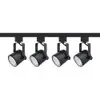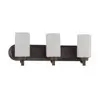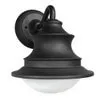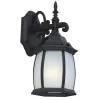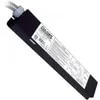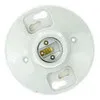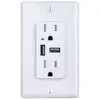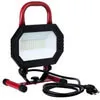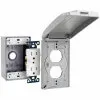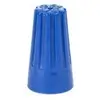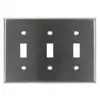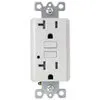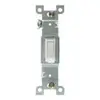Lighting Tips: Layered Lighting.
It’s time to step firmly and start making those decisions that will help you improve your quality of life. Perhaps one of them is starting a business, planning your home or buying a house.
If so, today we will show you a lighting style that apart from being a trend, you can apply it to commercial, hospitality, and even residential spaces.
If you want to start planning your house lighting or want to make some changes, consider layered lighting.
Currently, lighting design works under two very important core principles: the creation of sensations and functionality. When applied correctly, light is that vital element that covers both aspects. Layered lighting helps you achieve that.
Today most homes come with this type of lighting. This is not easy to apply, because you must have a professional knowledge on the subject, know the variety of existing lights and how to take advantage of them in a space.
That’s why today in Lighting and Supplies we will talk about layered lighting, what it works for and how it can be used specially for your plans.
What is layered lighting?
It is a technique that combines several layers of light within the same space. To achieve this, four layers of strategically placed lights are usually harmonized in order to find a balance of lighting in the place.
What is the purpose of layered lighting?
They facilitate our permanence in each room of the home, by balancing light in each layer.
They allow us to personalize the decoration of the spaces. In addition to creating new perspectives in architectural design.
For this technique, you basically have to take into account that each layer is responsible for a specific purpose. There are four layers of lighting, which are:
- Natural light
- Overall light
- Accent light
- Work light
First layer: Natural light
Although this cannot be manipulated, it is part of the architectural design of the space. We can regulate its intensity through blinds and curtains.
Based on the light entering the room, we can strategically design the layout and placement of the next three layers.
Take advantage of the light from outside that opens space through the windows and complement it with led lights for greater functionality.
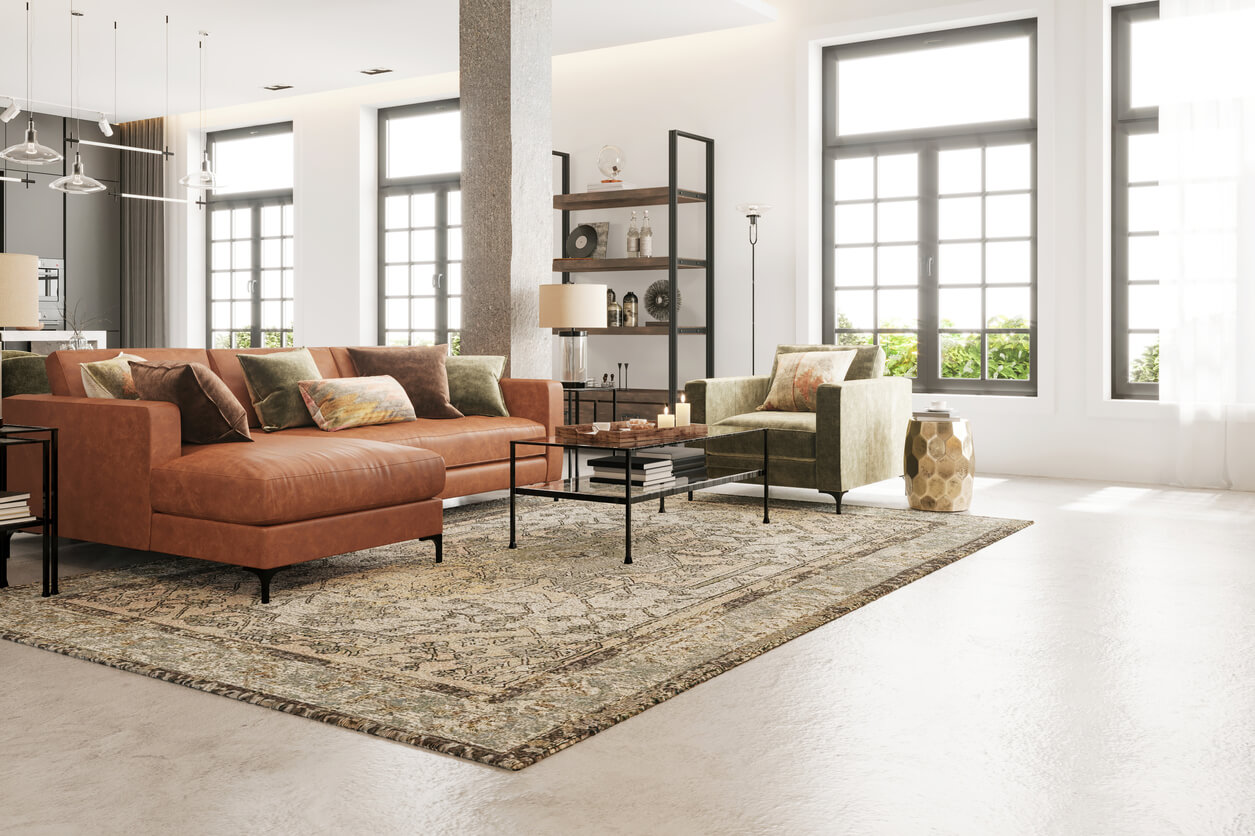
Second layer: Overall light
Also known as ambient light, it forms a base artificial lighting layer. Its purpose is to cover the entire space in a uniform way, expanding the place and highlighting the colors that compose it, its temperature and intensity.
This type of lighting is used in most businesses but done wrong by placing lights randomly and without addressing these aspects.
Overall light is what allows you to see the path in all its breadth and length with ease. Within a residential space, general lighting can be achieved through high luminous flux luminaires, at neutral or dimmable temperatures.
In this case, direct light (downlights, ceiling lights, panels, strips) or indirect light (LED strips) can be used.
Depending on the height of the ceilings and the size of the luminaire, these fixtures can be distributed with a greater or lesser distance to create the feeling that the space is fully illuminated.
Without punctual effects of light, which works perfectly in times of high traffic. activity within the home.
Third layer: Accent light
Its function is to arouse visual interest in those elements that you want to highlight, whether architectural, objects or sculptures that are more representative of your home, just as it happens in an art gallery or store.
In this case, the ideal LED luminaires are ones controlled by the user, manually or remotely. This allows the light effect to be recreated when the situation requires it. Use led strips, wall lights or surface lamps for this.
It can be applied in different ways: as a backlight or backlight (located behind the subject), to give an illusion of depth or to create contrast. direct exhibition light (focuses directly on the object), adjustable spotlights, floor lights, track projectors and self-adhesive led blister tapes.
There are also accent lights that are oriented towards the ceiling, and form light patterns.
Fourth layer: Work light
Known also as task light, it works as an aid to carry out certain activities within a space. Work light eases the things that need greater concentration at times when general lighting could seem excessive.
Many think that the general light is adequate to carry out any action and the truth is that it is not the most ideal. Sometimes a strong general light strains our eyes, it is the work light that helps to minimize eye fatigue thanks to the brightness it projects, but without causing glare.
If we want to work on the computer we will need a desk lamp. In the case of the kitchen, powerful lighting is necessary, using equipment installed above the work area, which has an adequate luminous flux and facilitates visibility.
Extra tips for your Layered Lighting
When we plan the lighting of a room, we must think about the activities that will take place in it, for this reason it is recommended to make a plan that includes the location of the windows, doors and furniture. If, for example, you need a lamp for a reading corner, a desk or a cupboard, mark it on the plan.
There is a diversity of lamps, the most suitable are usually recessed or suspended lamps. Consider a tone of light according to the interior design of your room. A more traditional style works best with a warm light tone, while a more modern or contemporary one benefits from a cool tone.
When defining the spaces we take into account where there will be shade. Decoration experts recommend considering the size of the room. If a suspended lamp is too small, you will not create a good atmosphere. A table lamp that is too large will invade too much space.
Layer Your Lighting with Lighting and Supplies!
It is not bad to take risks with this technique, after all, it gives us a sober style, thanks to its layers that work together, such as general lighting that helps to expand spaces, accent lighting that is capable of highlighting certain pieces of our home, and work lighting that facilitates those tasks where we need to be concentrated.
At Lighting and Supplies, we are experts of planning, you can contact us and we’ll give a free consultation for your doubts or inquiries. Let us help you in your restaurant light journey by contacting us today!













